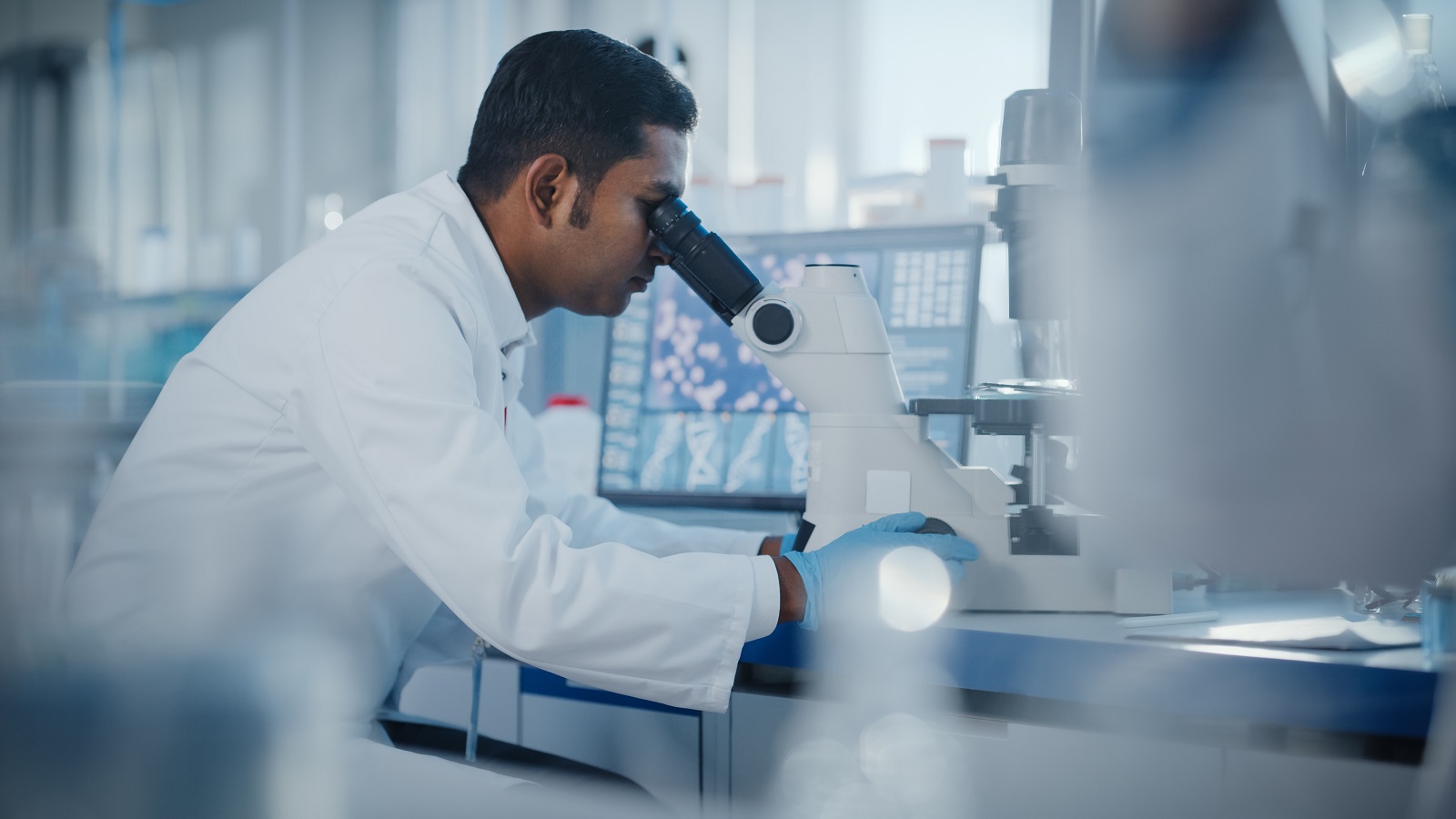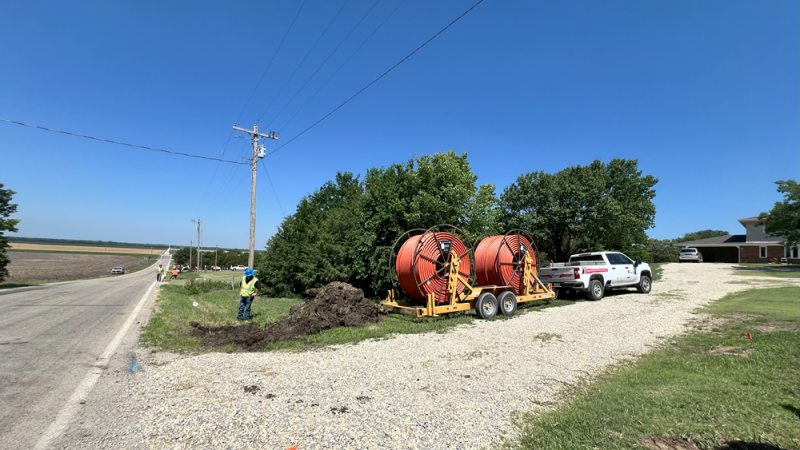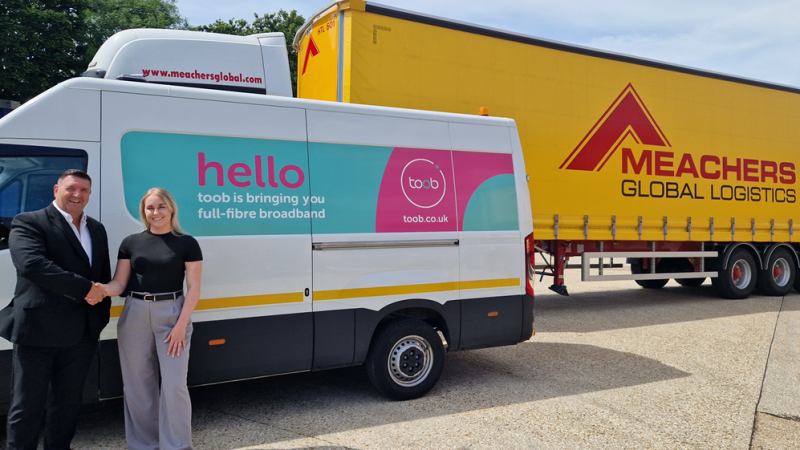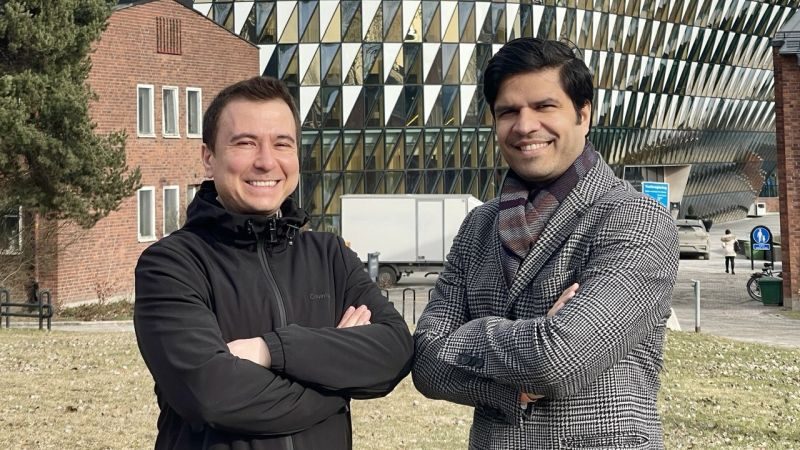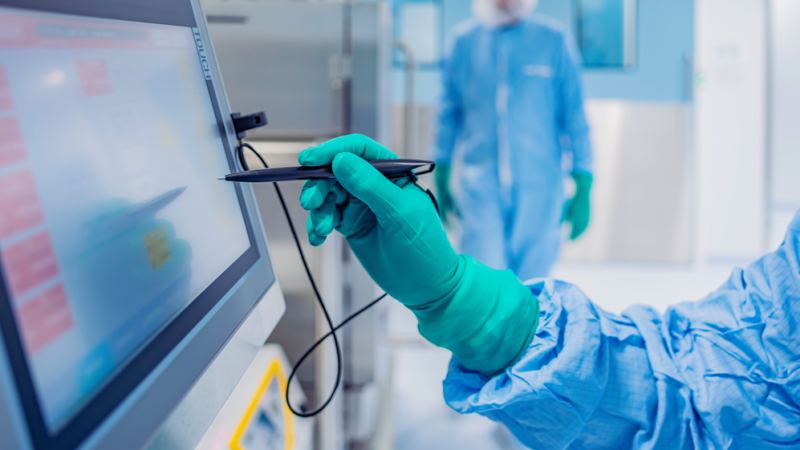Enzene Biosciences was a company founded with a purpose. Its goal, from the very beginning, was to fuel innovation, not for the sake of innovation, but to solve practical problems faced by real people.
“Way back in 2016 we looked at what Enzene should be doing as a company,” explains Dr Himanshu Gadgil, CEO of Enzene. “We wanted to build our business around solving real-world problems, and from the start, we believed that some portion of innovation has to be geographically localised. Unless you understand problems on a local level it is very difficult to solve them.”
Enzene Biosciences Ltd was established in India, with over $150 million in investment, and a goal. However, Dr Gadgil also recognised from the beginning that to solve those problems Enzene would have to pave its own way.
“Our company exists to solve problems, but we also need to look at the revenue streams that will allow us to do this,” Dr Gadgil says, “It is not enough to get external investment alone, you also need financial returns to sustain the business.”
Applying Science
To address both of these goals, Enzene looked to the affordability of biotech products in India, particularly, the role biosimilars could play in making those products affordable. Biosimilars are products borne out of two facts. The first is that biological medicine, indeed, anything of biological origin, is made from very complex molecules. The other is that as a rule, newly created drugs have a significant patent life, and it is only once that patent expires that other companies can enter the market allowing competitiveness to drive down the price.
“When a drug’s patent expires other companies can manufacture and start marketing it, but it must maintain that complexity because of a fear that analytical methods may not have comprehensively established similarity or sameness, development also requires preclinical and clinical trials,” Dr Gadgil says. “It means you effectively have to build these molecules up from scratch and still maintain sameness to the original product.”
That is when biosimilars come into play. They are effectively a reproduction of a molecule from a completely new cell line.
“It means we can launch the product quickly after new registration and approval for patients,” Dr Gadgil explains.
When talking about medicines that can cost between two and three thousand dollars a vial, or even hundreds of thousands in some cases, biosimilars bring down that cost significantly.
“Affordability remains a big issue for access, so we looked at continuous manufacturing that would allow us to increase affordability,” Dr Gadgil says.
With a known regulatory structure in place for biosimilars, it was clear to Gadgil that this was an excellent area to begin developing and launching products. But at the same time, Enzene needed to forge its own path.
“To make a difference in this space we could not just follow what others have done. Essentially, you are not solving anything if you are only replicating others’ work,” Dr Gadgil insists. “We looked at how to disrupt this sector. What we did not have was the long history of other biotech companies. We did not have that legacy technology, which in a lot of ways freed us up to find new methods.”
A New Platform
The new method Enzene chose to focus on was the field of continuous manufacturing, a flow production method that ensured products could be produced without interruption.
“Everyone was talking about continuous manufacturing in our sector, but we realised nobody had actually done it,” Dr Gadgil says. “It was not something you could just buy and install, so we developed this platform by ourselves, and came up with our own fully continuous platform. The advantage of that platform is that in a small square foot clean room you can make more than 10kg of product.”
As planned, the method quickly began yielding results, with Enzene already bringing six approved biosimilars to the Indian market, with a seventh in development. The company is also reaching into international markets, completing clinical trials in Europe with a robust pipeline of products ready for that market.
Dr Gadgil soon realised Enzene had hit upon something special.
“While we were doing this, we realised we had something unique in continuous manufacturing. It reduces the cost of manufacturing,” Dr Gadgil says. “Most new modalities such as trispecific, bispecific molecules are difficult to express as they are human engineered. They are very unstable, and this platform works beautifully because it takes them from a complex matrix and puts them in a stable form.”
Enzene’s expansion into the international market is in part a reaction to the importance of leveraging that platform.
“We realised the problem to solve for the U.S. market is that although they have a lot of these products in the early development stage when these early assets are developed, they often don’t get the right development partner,” Dr Gadgil says. “They get outsourced and face barriers when they are produced offshore, introducing language and supply chain challenges. Now we are taking our platform to the U.S. to solve that problem and make this technology available for assets there as well.”
Innovative Thinking
But even as Enzene is working out how to make the biggest impact with its existing innovations, it is already looking for the next ones.
“We create a culture that allows exploration. To keep it very simple, it is based on equality. All thoughts are equal, no matter where an idea comes from,” Dr Gadgil says. “We run a forum called Idea Bubble every week to discuss ideas and find ones we can push forward in terms of actual work. 80% of people’s time is bound by defined projects, and then the remaining 20% can be used  on whatever research they wish to do with the resources available. We allow a lot of space and freedom for scientists to explore topics that interest them, and if it reaches a certain level we budget and track it like any other project.”
on whatever research they wish to do with the resources available. We allow a lot of space and freedom for scientists to explore topics that interest them, and if it reaches a certain level we budget and track it like any other project.”
That emphasis on innovation begins in the recruitment process, even during the job interview.
“I personally get involved in all the hires at Enzene,” Dr Gadgil says. “We have designed a recruitment process that measures aptitude and attitude. For campus recruitment we do not give a presentation, it is an open format, an exchange of questions and answers. We give preference to candidates who have the ability to ask questions for the next round. Then we have a rapid-fire test where I will ask questions and they will write down answers. These questions are designed to measure fast as well as deliberate thinking. Mathematical questions such as complex multiplication are interspersed with design questions e.g., what the Fibonacci sequence is, interspersed with questions such as ‘Who is your role model?’ We evaluate them not on whether they get the right answers, but on how they attempt each of these questions.”
The real question now is, just how far will that innovation take Enzene? Dr Gadgil has some ideas.
“We want to expand into other areas such as therapy, plasmids, and RNA. We will continue to expand geographically, into the US first, then Europe. We want to be a problem-solving partner for these early-stage companies,” he tells us.
Ultimately it comes down to the purpose that has guided Enzene since the beginning.
“Our passion and purpose are to make these lifesaving medicines affordable to the masses,” Dr Gadgil insists.
